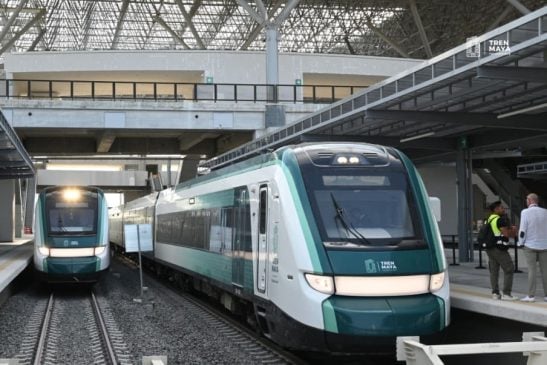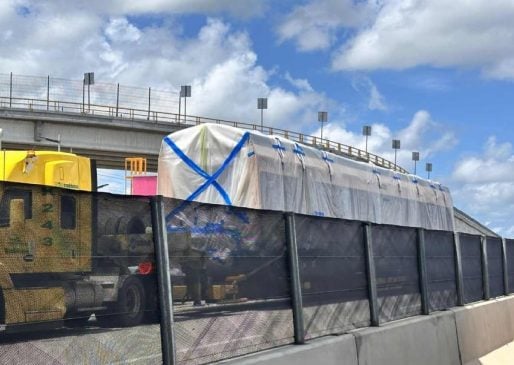Riviera Maya, Q.R. — Diego Prieto, General Director of the National Institute of Anthropology and History (INAH) says a majority of their archaeological finds have been in sections one through four of the Maya Train.
On Monday at the morning press conference from the National Palace, Prieto clarified that although they have made discoveries along section 5 south, specifically along the Playa del Carmen to Tulum section, a vast majority of their findings have been in the first four sections that run from Palenque to Cancun.
He explained that the construction of section 5 does not represent a problem for the National Institute of Anthropology and History (INAH) because wherever it is placed, there will be archaeological materials.
He detailed that to date, the Instituto Nacional de Antropología y Historia (INAH) has found 24,067 structures of real estate, 1,345 complete objects or personal property such as metates, stone structures and other objects along with 384 burials and bones.
Archaeologists have also located 775 natural features including wells, caves and cenotes, 380 complete vessels and 489,067 ceramic fragments, “that is, half a million ceramic shards that will be analyzed to find temporalities, cultural relationships and stylistic frequencies,” he explained.
“These findings are along the entire Maya Train route, not only in section 5. Indeed the vast majority of these findings are from section 1 to 4. (…) Of course there are findings in section 5, but there are findings in all the sections, so if the line is changed, there will still be many discoveries, the problem is not the section,” he explained.
During the press conference, President Andrés Manuel López Obrador highlighted the relevance of the rescue and conservation actions of the archaeological heritage that the Government of Mexico undertook on the Maya Train route.
“It is very important to rescue, improve the ancient Mayan cities that are artistic, cultural jewels, these archaeological sites so that national and foreign visitors can admire the beauty, the artistic, cultural splendor of the entire region of the Mayan world zone,” he said.
“This is about this mobility system being accompanied by attractions from the educational, cultural and a tourist point of view that allow the population and visitors to appreciate the wonders of the Mayan civilization of the past and present,” Prieto added.
In the case of section 5, the Ministry of Culture and the INAH continue to wait for the judicial resolution regarding the ongoing suspension imposed on section 5 south in April of this year.


